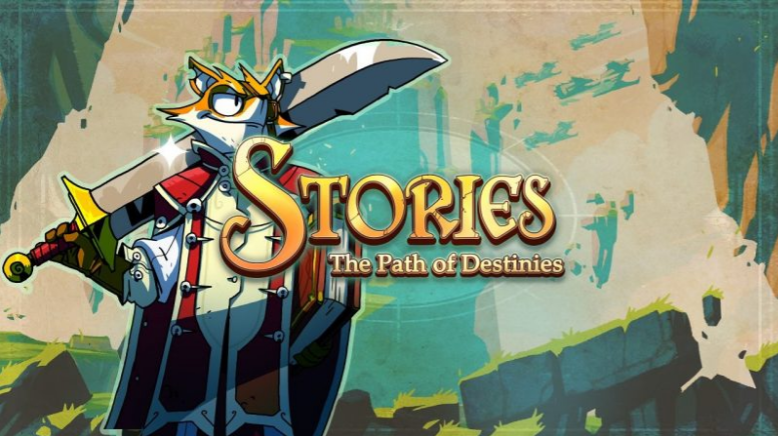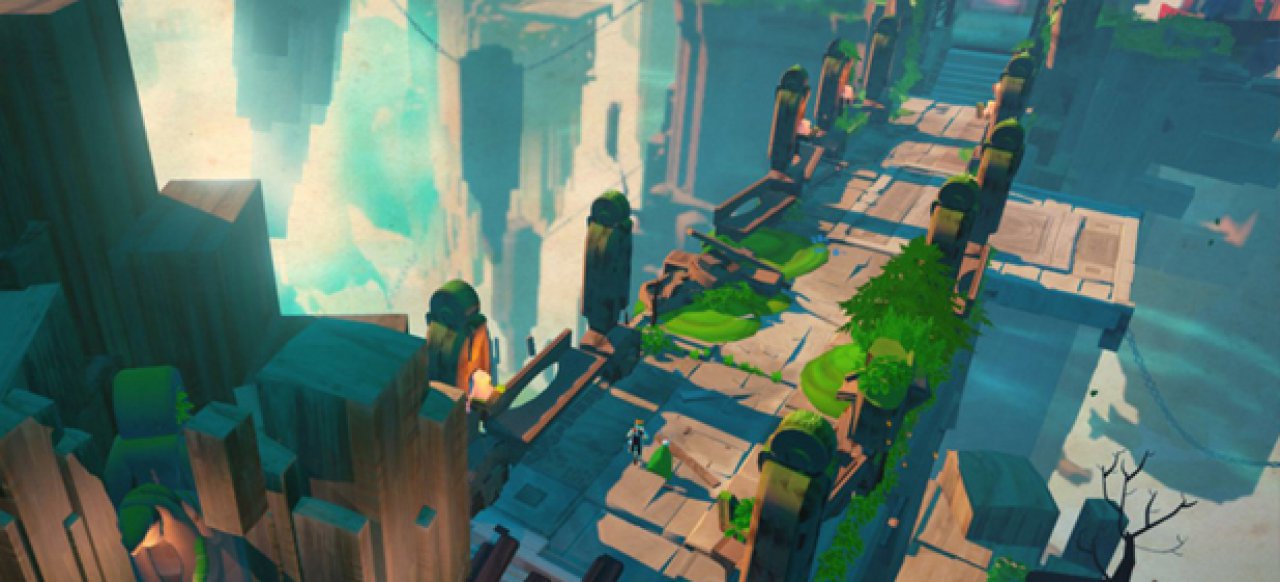

There would be those eye-beam enemies, which stupidly Reynardo tends to jump in front of when attacking, making the easy enemies devastating. There's one specific area that tripped me up several times. The level built out of floating ships with its fleet-based background and firelight was impressive the first time out, but pretty mundane by the tenth time. These are mixed up somewhat, but players should quickly begin to recognize certain paths. It's for sure worth mentioning that while the levels are there to be explored, with hidden chests, and sword doors revealing side paths and loopbacks, there are only around a half dozen or so environments. Thus, after going through a whole level picking up unnecessary health, a bad encounter can mean a sudden rash of checkpoint resets. There's a checkpoint before every fight, so player death has almost no penalty, but the checkpoint doesn't give back health and neither does going on to the next chapter. Misstep with the eyebeam enemies, and suddenly the fox is only at 40% health. A sword that uses the player's sword-ability energy meter to heal the player is easy to obtain and good for offsetting mistakes. One qualification though is that while it's easy to not get hit or only get once or twice, Reynardo isn't all that tough and so the player can't expect to get far by trading blows. This may in fact be a good first action game, or an action game for less savvy players. This is all fairly standard, and won't daunt fans of 'Devil May Cry' or 'Bayonetta' for even a moment. Things to be wary of in combat include ravens with shields, who can be dealt with in several ways, casters who buff ravens, exploding enemies, and painful eye-beam weapons. In addition to the four swords, which double as special in-level door keys, and gems which grant buffs, there is an experience and player-level based skill tree, through which, Reynardo gets better counter, combo, throwing, stamina, health and so on. There are only about a half dozen enemy types and no bosses. With a liberal combo meter and a quick to activate attack teleport, Reynardo can nearly button mash his way through most anything the game throws out. Performing counters and combos doesn't come much easier than this. Countering is done by pushing Square and towards the attacking enemy, who is most likely a raven with a large "I'm attacking" exclamation point above its head. The key to note is that the Square button does most of the work. He can switch from one of four craftable swords using the d-pad, and each sword has a special ability that is deployed via R2. Reynardo attacks with Square, uses his hookshot with Triangle, and dashes with X. What 'Stories: The Path of Destinies' has in terms gameplay meat is a decent, if a bit easy, combo-based sword attack system. While taking on five chapters is a relatively quick affair, all of this story navigation wouldn't be worth a thing if there wasn't some readily entertaining gameplay to go along with it. That is, learning the fundamental truths, truths which will be maintained in each possible variation and ending of the story, opens up new choices, and also, thankfully, can trigger clues needed to navigate the story choices in new, unexplored ways. Mechanically speaking, the game's structure begins working on all cylinders after two or so such conclusions. The book then turned its pages back, and bam, I went again, armed with special knowledge I had lacked the first time through. After my first five chapter playthrough, the fox lay dying ironically, his death the price for learning one of the fundamental truths. It's through this book that the player gets 'Groundhog Day'/'Edge of Tomorrow' powers. But within the cast of major players and maguffins, there is a special book which comes into the hands of the player almost immediately upon starting the game.

The overall story is quite simple, as it's framed within an empire and rebellion template. This is a story with many possible endings, but with four fundamental truths.

Through these choices, which usually come before each chapter, a five chapter story unfolds. Where many might see it as a colorful, isometric action RPG, I was struck by the pleasantly familiar 'Choose Your Own Adventure' style choices. Right of the bat, the concept of 'Stories: The Path of Destinies' is easy for me to get behind.


 0 kommentar(er)
0 kommentar(er)
